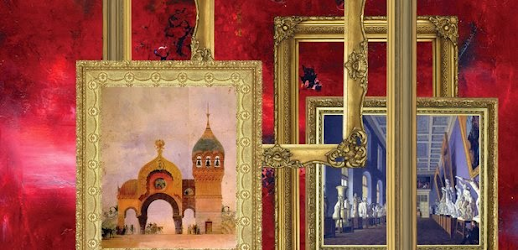By the mid-1930s, well past the age of fifty, Maurice Ravel was one of the great internationally recognized musicians.
In 1927 he created his most popular work, Bolero, which, it is said, could be heard in those days whistled and hummed in the streets. In 1928 he toured Canada and the United States on an acclaimed tour, receiving composition commissions and meeting American musicians, among them Gershwin, who asked him to give him lessons. Ravel replied that there was no need. On the contrary, it was Ravel who was captivated by the jazz twists in the music of the author of Rhapsody in Blue.
Oxford
That same year he was awarded an honorary doctorate by the University of Oxford. According to Ravel himself, the dazzling initial theme of the Piano Concerto emerged while he was traveling by train from Oxford to London, we don't know if it was on the occasion of the doctorate or some other.
By the following year, he had the concerto well underway. He thought of premiering it during a tour planned for that year, but the tour never took place. The composer was already 54 years old and his health had begun to decline.
 |
| Maurice Ravel (1875 - 1937) |
The concerto was completed only in November 1931 and was not premiered by Ravel but by the famous French pianist and pedagogue Marguerite Long (to whom it is dedicated), during a legendary concert held on January 14, 1932, with Ravel conducting the Lamoureux Orchestra. The premiere was a great success and a few weeks later Ravel and Long toured nearly twenty European cities, to the applause of all audiences.
Jazzy harmonies and language – which the composer had experienced firsthand on his American tour –, are abundant in the first and third movements, but maintain a strictly "Ravelian" character, in the sense that they do not come across as music brought from elsewhere.
Movements:
The work is in three sections, in the traditional fast - slow - fast scheme:
00 Allegramente
09:30 Adagio assai (at its conclusion, it requires the performer to maintain an interminable trill for more than half a minute)
18:46 Presto
The performance is by the incomparable Argentine pianist Martha Argerich, accompanied by the Orchestre National de France conducted by Emmanuel Krivine.
The video includes two encores, Kreisler and Scarlatti.































